Snapdragon phones and laptops are ready for the AI future, but bad AI makes me feel like a tool
Qualcomm Snapdragon Summit showed the best and worst AI
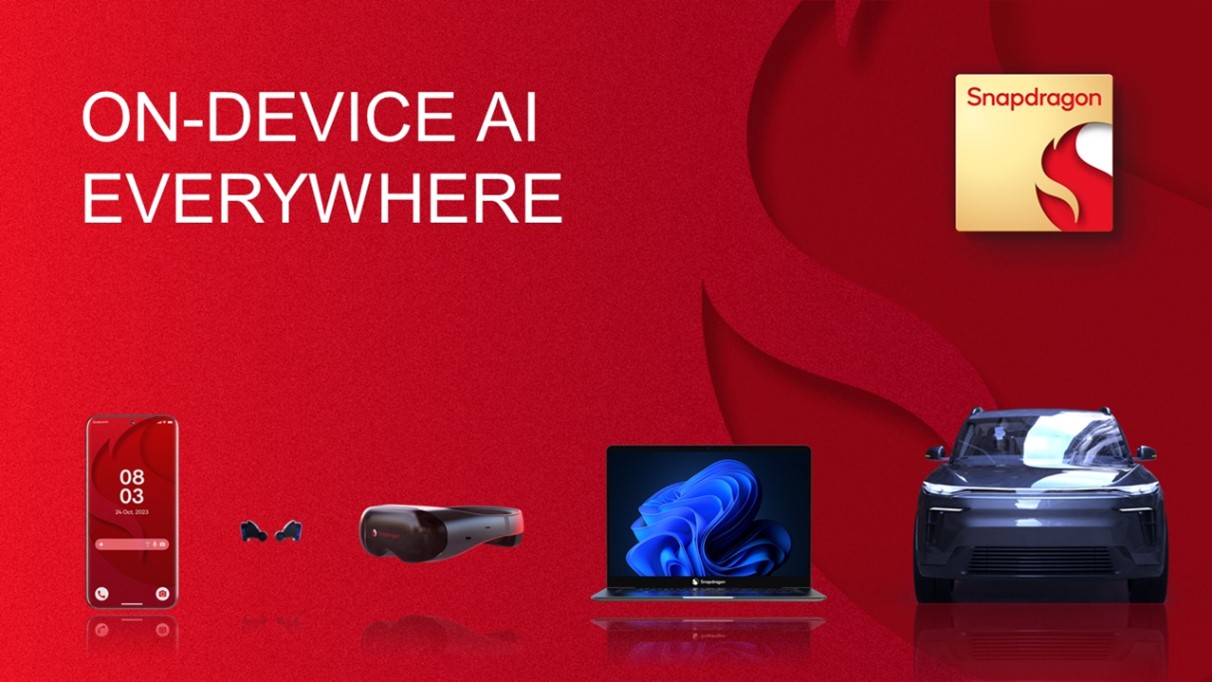
The future for mobile devices, laptops and smartphones, will be driven by AI. Nobody at the Qualcomm Snapdragon Summit could show me exactly what that will look like, but they all say it will be great. It’s not Qualcomm’s job to show me, after all, since its Snapdragon platform works with Meta, Microsoft, Google, and almost every other AI developer creating this AI future. Still, the reasons why Qualcomm says it is embracing AI are contradicted by the AI demonstrations I saw during the Summit.
Qualcomm paid for my trip to Maui to check out the latest Snapdragon innovations. There’s a brand new Snapdragon X Elite chipset for Windows laptops, a Snapdragon 8 Gen 3 upgrade to the Snapdragon 8 Gen 2 that you’ll find on this past year’s best Android phones, and lots of synergistic innovation between product lines.
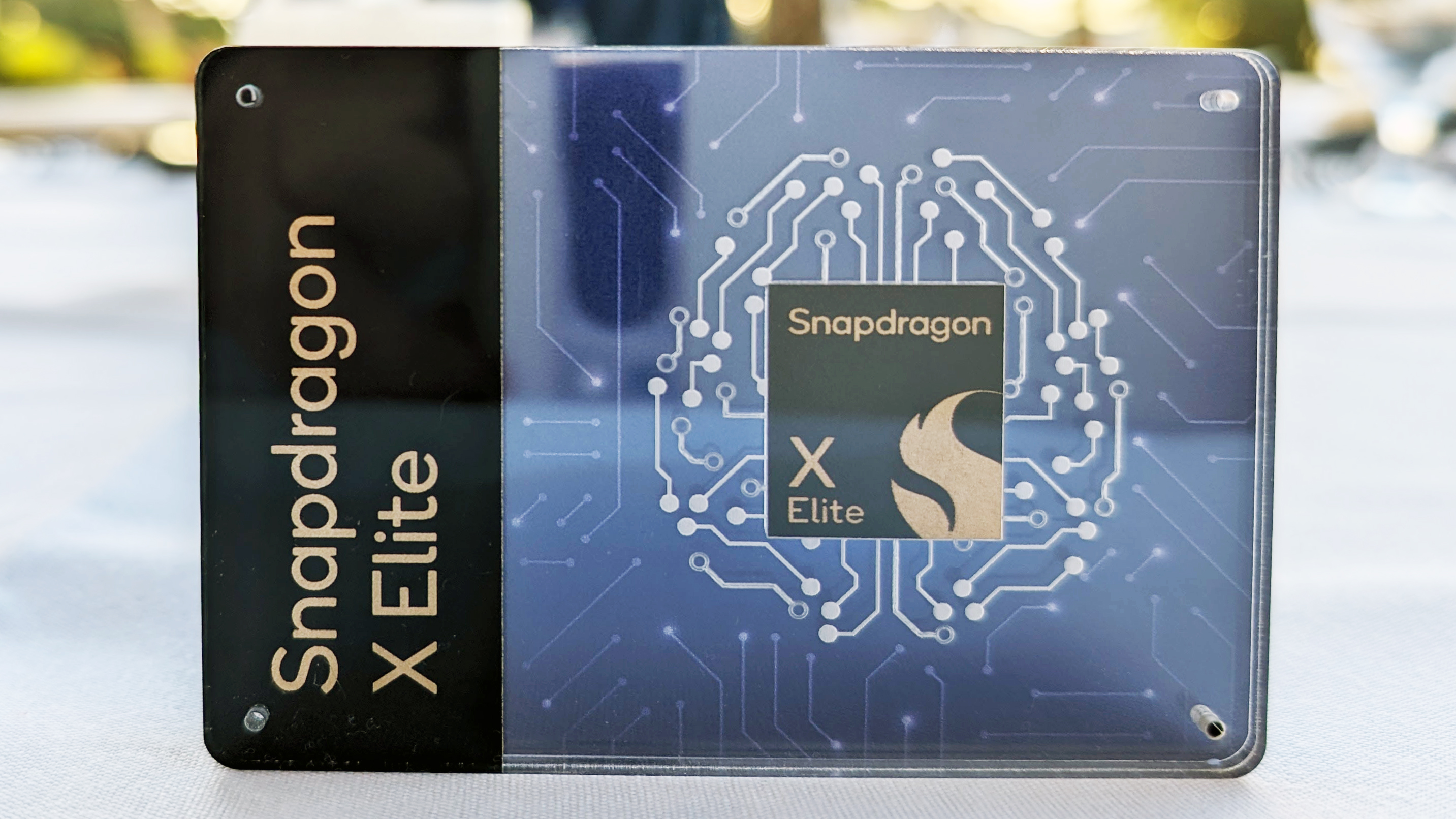
What ties everything together is AI, specifically machine learning (ML) techniques. Machine learning and AI are found in everything Qualcomm is planning for the next year.
Qualcomm’s new X Elite laptop processor will have a dedicated neural processing unit (NPU) on board, and the company has been working with a variety of AI developers, including those above, to make sure it will power every large language model (LLM) and generative AI feature you can throw its way.
Likewise, the next-generation Snapdragon 8 Gen 3 platform for smartphones and tablets also has an NPU on board to drive whatever sort of AI features phone makers can conceive. So what will those be, exactly?
A good version of AI will remove the drudgery of work
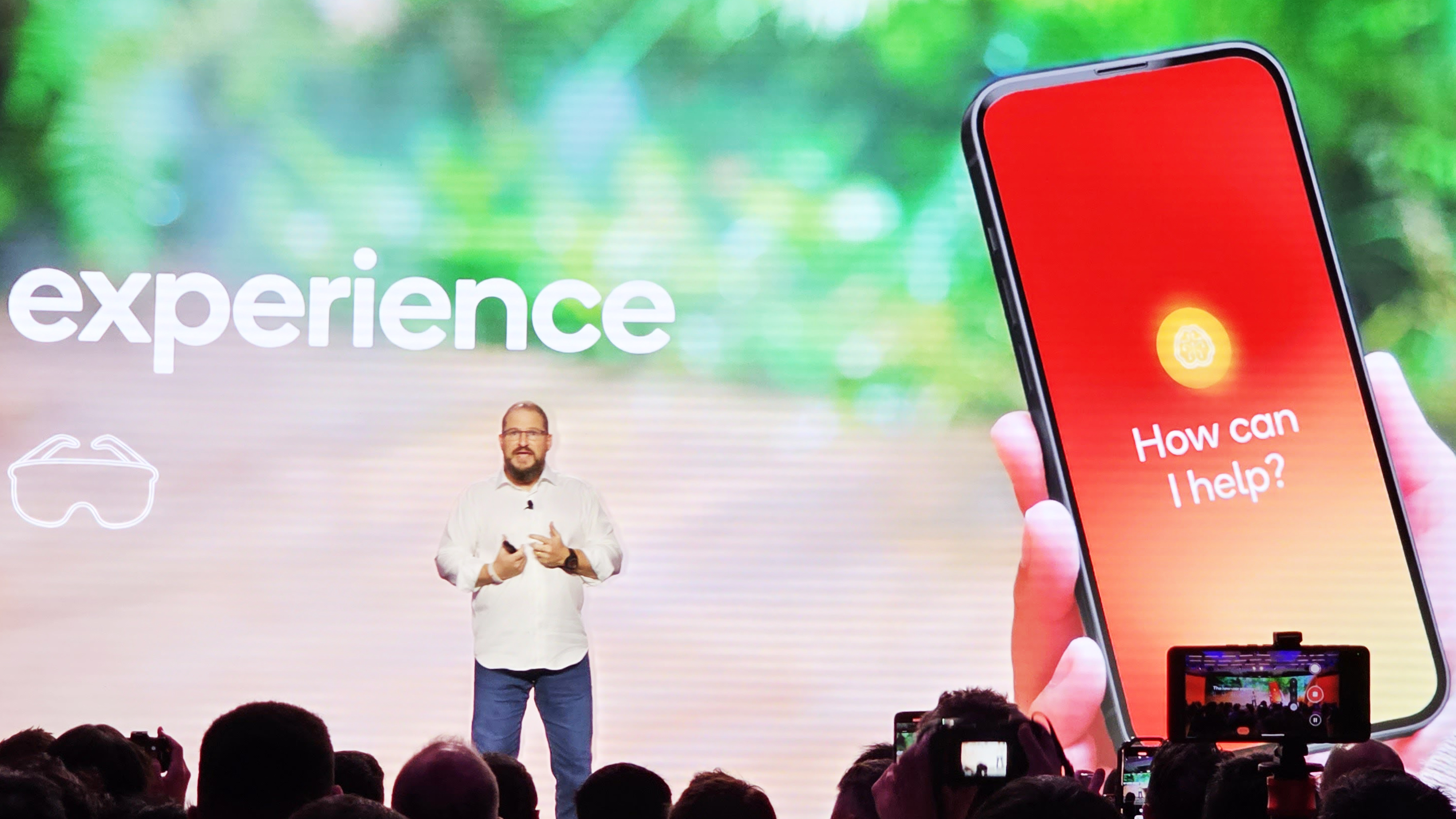
That’s a hard question. I’ve asked Qualcomm numerous times to give me a vision of an AI-powered laptop. I wake up in the morning, open my AI laptop, and then what happens? I can tell you what happens now, and it involves clicking on Chrome bookmarks to check my news and social web sites. What will be different when AI runs the show?
Also, what will happen on my smartphone when AI takes charge? Today, I turned on my smartphone in the morning and checked my messages, then the weather, then played a game or two while I procrastinated opening my laptop. How will that be different when my operating system has a name it likes to be called? That question lacks an answer.
Sign up for breaking news, reviews, opinion, top tech deals, and more.
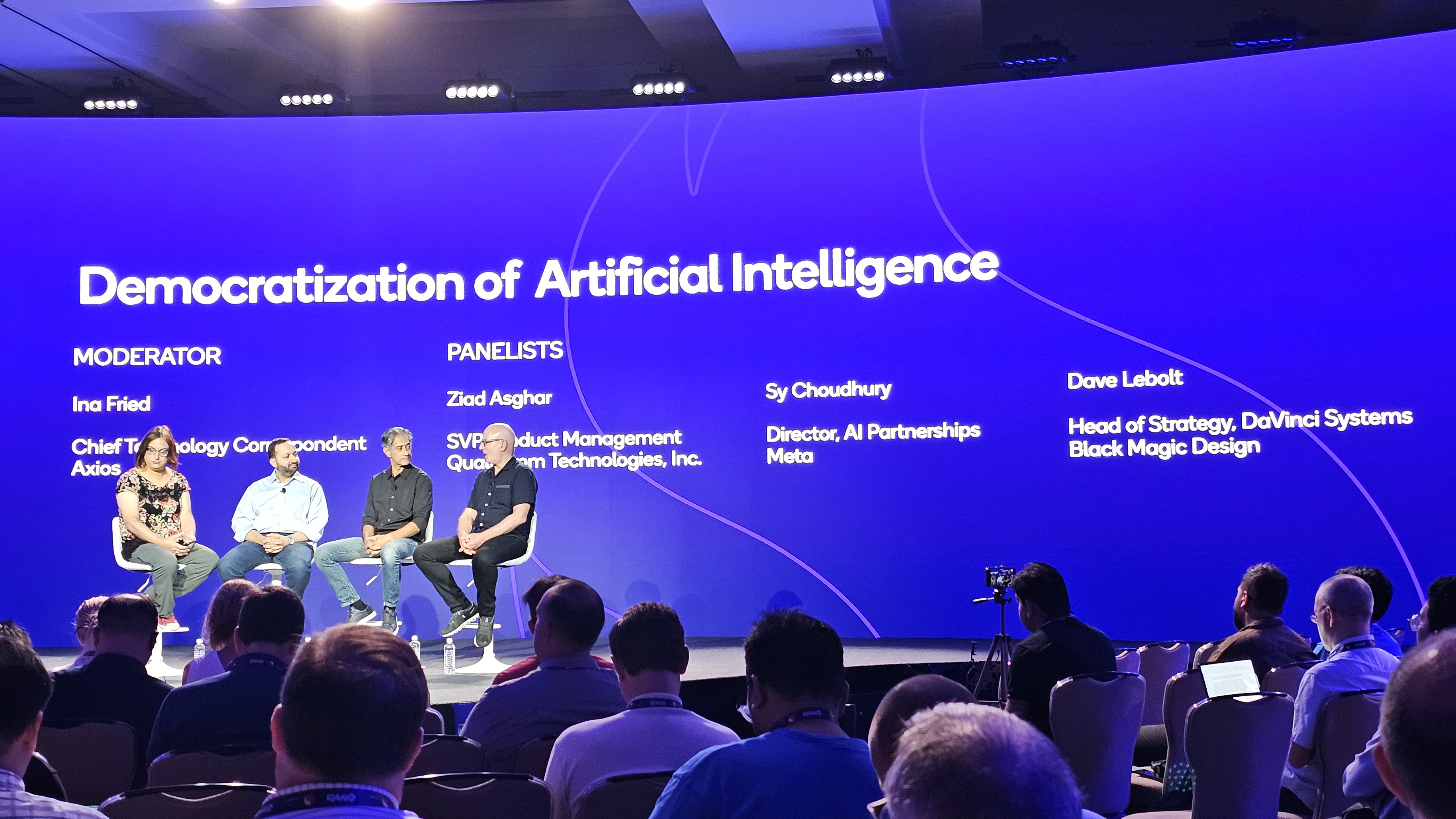
On stage, Qualcomm talks about AI in very optimistic terms. It sounds like it will be a force for good. At a panel for Democratization in AI, hosted by Axios’ Ina Fried, panelist Sayeed “Sy” Choudhury, Lead for Applied AI Business Development & Partnerships at Meta, said that AI is “really meant to take away some of the mundane and the regular work that you do rather than replace humans … it frees you up to be able to do more interesting and novel work, which is what humans are very good at doing.”
That’s a huge relief because, as a writer and editor, I was worried that AI was trying to do my work for me. If AI can do the mundane and regular work I do, like creating tags in a content management system or cropping photos to the right size, I can do more interesting work, like writing about new phones and other cool tech tips.

Dave LeBolt, one of the original creators behind Avid Studios and ProTools music development software, agrees that AI will remove the “drudgery of doing things … that take away from the right brain side of things where your heart is in it.” LeBolt uses the example of rotoscoping a video, or manually altering the effects one frame at a time to affect the final moving image.
That sounds like the version of AI that all of us would enjoy, but that’s not the version I saw demonstrated on Maui. With Snapdragon X Elite laptops and Snapdragon 8 Gen 3 phone reference models in hand, Qualcomm reps and partners showed a version of AI that seems more advanced than anything I’ve seen so far on mobile devices, but still tells very much the same old story. And it isn’t a story that is personal or friendly to creators.
A bad version of AI will do the fun part for us
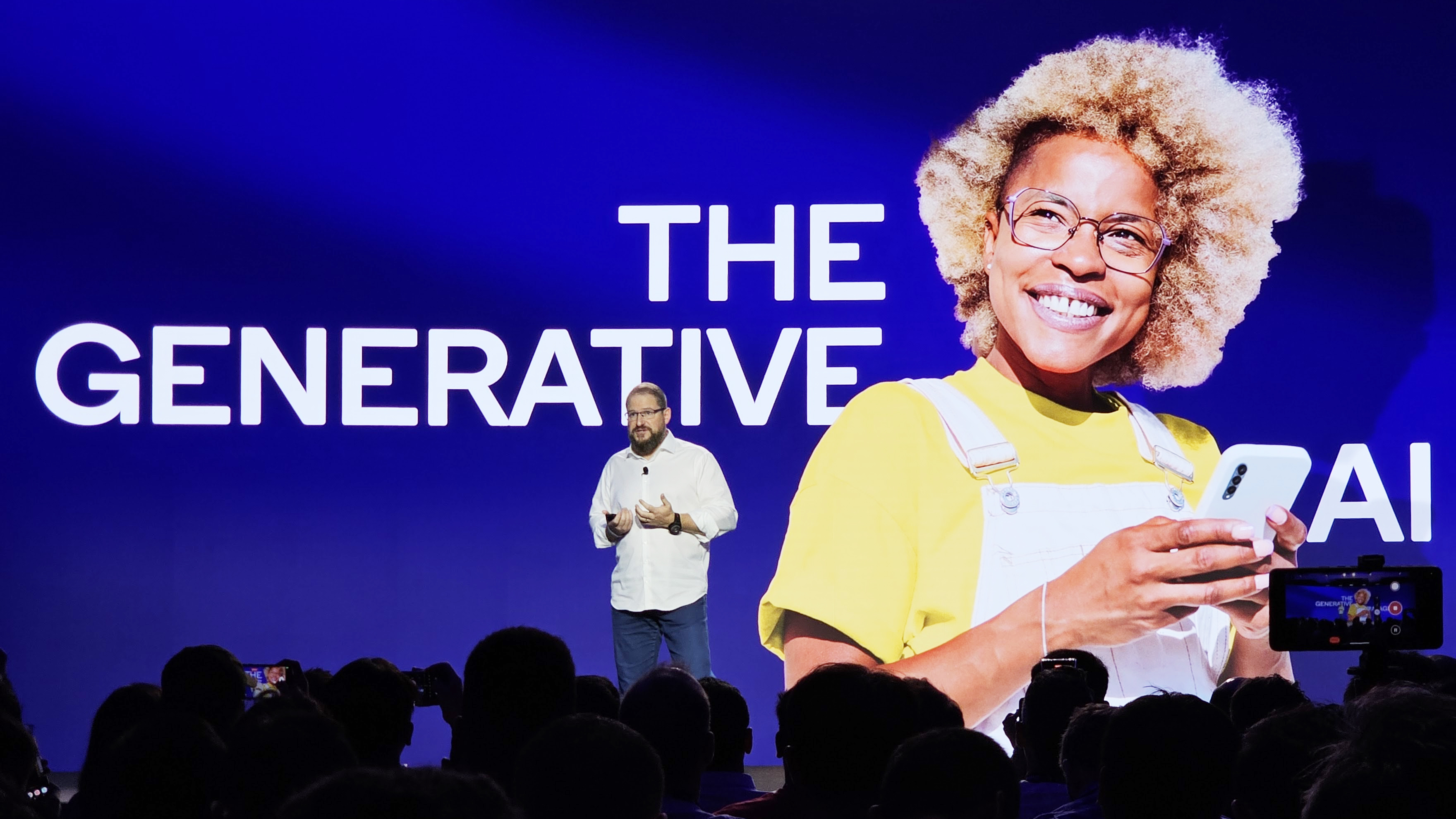
For instance, to demonstrate an AI assistant on the X Elite laptop, a Qualcomm rep asked the AI to create a marketing plan to make money at the beach. The computer conceived a strategy on the device, without needing access to the cloud. It suggested that we sell sundries and beach necessities. It gave us a marketing strategy and suggested possible slogans. It told us where to sell and when.
Great, now I can open a beach store, thanks to my Snapdragon X Elite laptop. I can open my store, sell products, make money, and win. But, who is the creator and who is the tool? I didn’t create any of these ideas, my laptop did. I just need to run them effectively. In other words, I’m the tool. The laptop is the creative partner and I’m the tool. The laptop has ideas, and I execute them. It creates the blueprint and I swing the hammer.
Another Qualcomm rep asked the AI assistant to write us a poem about the sea, which it did, dutifully. Actually, it first heard “seed” and not “sea,” so we got a couple of poems from the Snapdragon.

Again I ask, who is being creative? I provide the subject for my laptop, and it creates. I provide the target, and it aims for a creative goal. Then I read and consume its work. When did the AI actually help me? If I need a poem about the sea and the AI creates one for me, the AI isn’t replacing the drudgery of humanity. It’s replacing the humanity.
A final example from Qualcomm asked the Snapdragon AI to create a plan for a day with a friend visiting from out of town. The AI suggested a nice itinerary that we might enjoy, based on happenings and events in the area, as well as what it knows about its user’s preferences. I assume it planned a lovely day.
Still, I wonder what it missed. How does the AI find events, or restaurants, or places of interest in my area? More importantly, what events, or businesses, or areas are being excluded because they don’t break through the threshold to get noticed by my Snapdragon’s AI? There seems to be a lot of room for biases in the function if the AI isn’t careful, and nobody is talking about how the AI is being careful, which makes me believe maybe it isn’t.
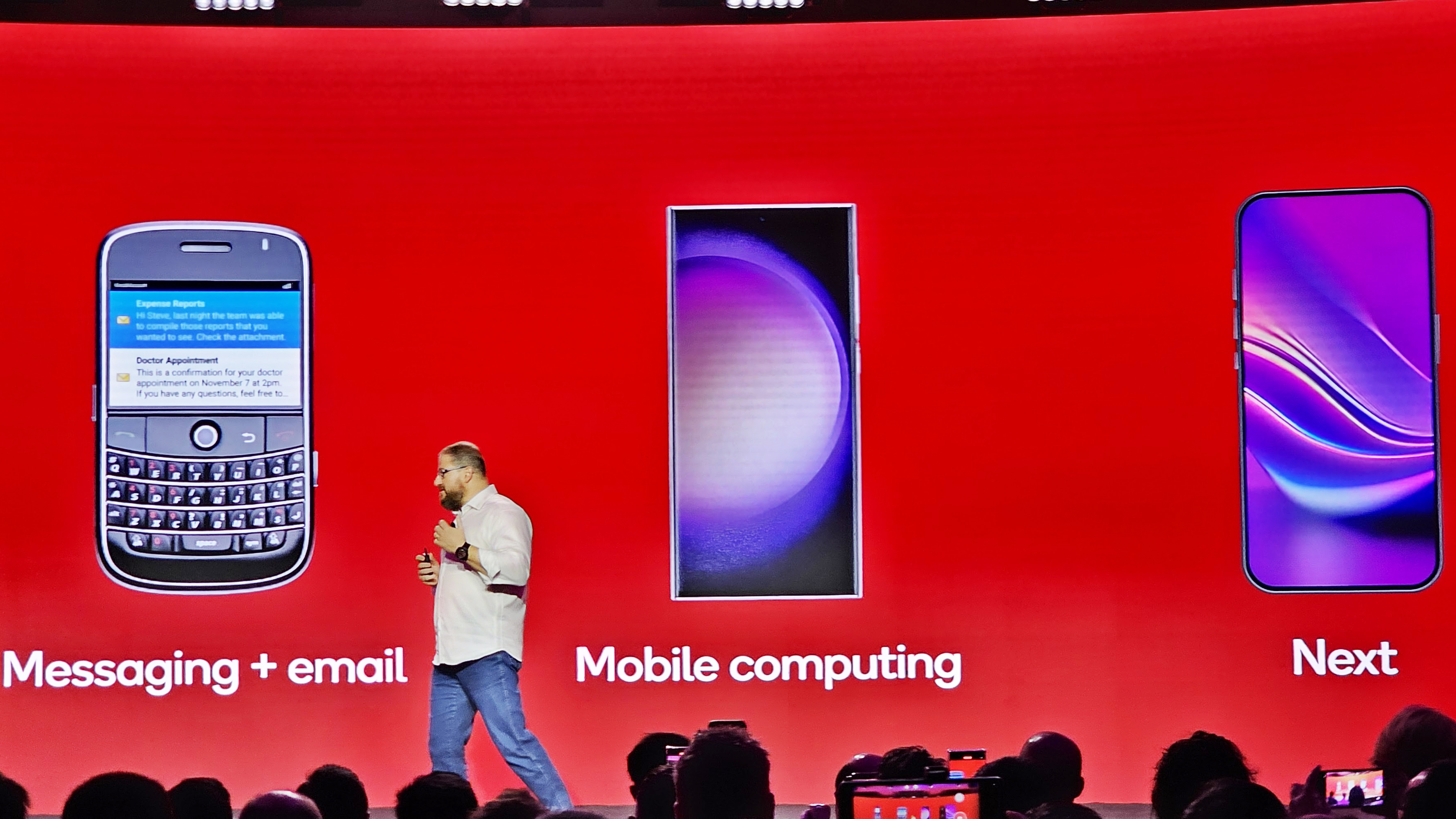
Besides, isn’t the best part of travel looking through all of the possibilities at your destination and choosing those that excite you the most? That’s not drudgery. Booking the trip through an airline used to be drudgery, but it’s not so hard these days with online booking.
The drudgery of travel isn’t planning, it’s packing. It’s remembering my tickets and reservations and confirmation numbers. It’s booking the hotel that matches the frequent traveler points I’m collecting, or checking the weather to make sure I’m packing the right clothes.
I’m sure that AI could do all of this, but that’s not the demo I’ve seen. I’ve seen AI taking away the fun part, and making all of the creative decisions on my behalf. Qualcomm and its friends talk about a version of AI that will remove drudgery so that I can activate my right brain and be more creative. What Qualcomm is showing is the exact opposite.
The best version of AI will be totally invisible
There is great AI work being done, but it’s hard to explain in a quick demo, and it happens deep behind the scenes. For instance, working with the companies Mobile Physics and STM Electronics, Qualcomm was able to turn the time of flight sensor found on phones like the iPhone 15 Pro Max and the Google Pixel 8 Pro into an air quality meter.
I don’t need to know that an AI is running ... I need to get things done.
Let’s say I want to measure air quality using a smartphone. I could invest in an air quality sensor of some sort, and that would add cost and bulk to my device. Using AI instead, there is a way to measure air quality using the sensors already on the device. Basically, the team measured a vast quantity of air at differing quality levels and applied machine learning techniques to create algorithms that the phone can use.
The companies used AI to shorten development time and reapply an existing sensor for a new use case. The AI and machine learning features are necessary, they just aren’t immediately visible to us, the users. Frankly, the demo wasn’t very impressive because all of the hard work was hidden. What I saw was simply a phone that could measure air quality, and it just worked.
At best, AI won’t be visible, it will just make things work better. I don’t need to know that AI is making my travel plans, I just need the travel planner to work. I don’t need to know that an AI is running my calendar, my task list, and my other phone alarms. It just needs to work. I need to get things done and be on time.
When AI actually appears on phones and laptops in a useful way, it shouldn’t be very exciting. In fact, at best, I hope it won’t be obvious or even visible. The best scenario for AI will be to disappear and just help me get things done. To paraphrase a slogan from Apple fans, the best future for AI will mean everything just works.
You might also like

Starting more than 20 years ago at eTown.com. Philip Berne has written for Engadget, The Verge, PC Mag, Digital Trends, Slashgear, TechRadar, AndroidCentral, and was Editor-in-Chief of the sadly-defunct infoSync. Phil holds an entirely useful M.A. in Cultural Theory from Carnegie Mellon University. He sang in numerous college a cappella groups.
Phil did a stint at Samsung Mobile, leading reviews for the PR team and writing crisis communications until he left in 2017. He worked at an Apple Store near Boston, MA, at the height of iPod popularity. Phil is certified in Google AI Essentials. His passion is the democratizing power of mobile technology. Before AI came along he was totally sure the next big thing would be something we wear on our faces.